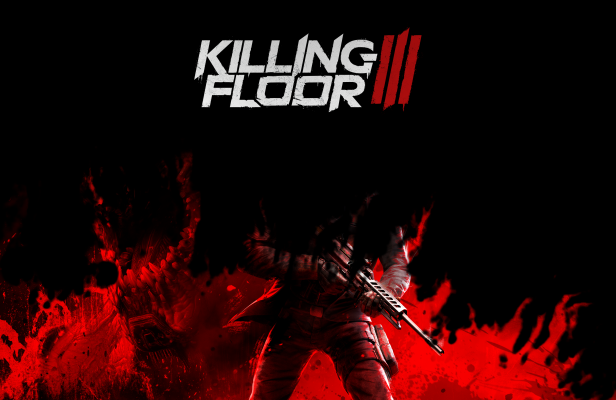The highly anticipated Killing Floor 3 is set to unleash its Zed-slaying mayhem on PC, PlayStation 5, and Xbox Series X|S on July 24th. However, PC players gearing up to face the hordes should take note: an SSD (Solid State Drive) is now a mandatory requirement.
While many gamers have already made the switch to SSDs for their speed and performance benefits, this requirement, as highlighted on the game’s Steam page, still raises eyebrows. “I get why they’re doing it, load times and all that,” commented user ‘ZedHunter82′ on X.com. “But it’s a bummer for anyone still rockin’ an HDD. Guess I gotta finally upgrade!”
The developers at Tripwire Interactive haven’t released a comprehensive statement on the decision, but the implication is clear: the game’s design and performance rely on the faster data access speeds afforded by SSD technology. Without one, players may experience unacceptable loading times, texture pop-in, or even outright instability. This is a case of prioritazing performance for the majority, but it might leave some behind. We’ll explore the impact on those gamers.
Here’s a breakdown of the minimum and recommended system specifications, as listed on Steam:
- Minimum Requirements:
- OS: Windows 10
- CPU: AMD Ryzen 5 2600 or Intel Core i7-4790
- Memory: 16GB RAM
- GPU: NVIDIA GeForce GTX 1060 or AMD Radeon RX 480
- DirectX: Version 12
- Storage: 20 GB available space (SSD REQUIRED)
- Recommended Requirements:
- OS: Windows 11
- CPU: AMD Ryzen 7 7700X or Intel Core i7-9700K
- Memory: 16GB RAM
- GPU: AMD Radeon RX 6750 XT or GeForce RTX 3060
- DirectX: Version 12
- Storage: 20 GB available space (SSD REQUIRED)
Killing Floor 3 plunges players back into a horrifying world overrun by Zeds, genetically engineered monsters. Players take on the role of Nightfall specialists, teaming up with up to five others to survive waves of increasingly challenging enemies. The core gameplay loop involves earning “dosh” (in-game currency) to unlock new skills and weapons, allowing players to customize their characters and build the ultimate Zed-slaying arsenal. The relentless action and gruesome visuals are hallmarks of the series, demanding fast hardware to deliver a smooth experience.
The SSD requirement has sparked debate within the gaming community. Some players argue that it’s a reasonable demand in 2025, given the prevalence and affordability of SSDs. Others express concern for players on a tight budget or those with older systems. “I love Killing Floor,” wrote another user on a Facebook group dedicated to the franchise, “but this feels like a kick in the teeth. Not everyone can just drop a hundered bucks on a new drive.”
One local tech repair shop owner, Maria Sanchez, shared her perspective: “We’ve seen a huge uptick in SSD upgrades lately, especially with new games coming out. People are realizing that HDDs just can’t keep up anymore.” She noted that while SSD prices have come down significantly, the cost can still be a barrier for some. “There was an unseen story,” Maria added, recounting the frustration of customers who were otherwise ready to experience new games, just to be turned back by hardware limitations.
The decision to mandate an SSD reflects a broader trend in PC game development, where studios are increasingly pushing the boundaries of hardware capabilities to deliver richer and more immersive experiences. However, this progress can come at the expense of accessibility, potentially excluding players with older or less powerful systems. Balancing graphical fidelity with playability remains a key challege for developers.
This isn’t just about Killing Floor 3. It’s about the evolving landscape of PC gaming and the increasing demands placed on hardware. Are developers leaving some players behind in their pursuit of cutting-edge graphics and performance? Is it time for more flexible system requirements that cater to a wider range of hardware configurations? Only time will tell how this trend will shape the future of PC gaming.
Now, consider your own gaming setup. Are you ready for Killing Floor 3, or will you be forced to upgrade? What does this trend mean for the future of accessibility in PC gaming? The answers, it seems, are as complex and varied as the players themselves.



